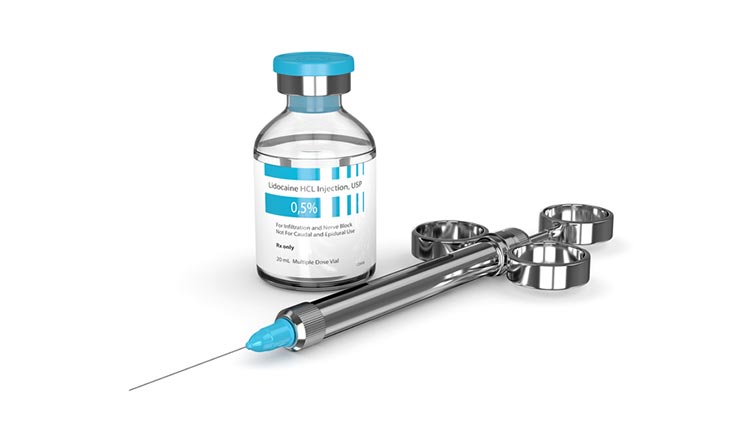An In-Depth Look at the Role of Dental Hygienists in Administering Local Anesthesia

By Sean G. Boynes, DMD, MS, Kathy Bassett, RDH, MEd, Royann Royer, CDA, RDH, MPH, Arthur C. DiMarco, DMD, Alicia Johnston, CDA, RDH, MPHD, Suzanne Newkirk, RDH, Meghan R. Bastin, DMD, MPH, Lauren Kuhn Nuth, DMD, MSD, Mel Hawkins, DDS, BScD(AN), FADSA, DADBA, Stanley F. Malamed, DDS
Over the past 50 years, the promotion of and respect for dental hygienists administering local anesthesia have led to its implementation in many developed nations, including the United States.1,2 Today, 49 states plus the District of Columbia permit or license dental hygienists to administer local anesthetic injections.
Although evidence demonstrates that the administration of local anesthesia by dental hygienists is both safe and accepted by patients, the delegation of pain control procedures to dental hygienists remains somewhat controversial and utilization of the skill set does not occur in every practice. Additionally, one state does not allow nondentists to administer local anesthesia: Delaware.2–8 The Texas legislature has passed a bill that allows dental hygienists to administer local anesthesia infiltration injections, which is awaiting the governor’s signature. Georgia’s governor has officially signed the bill that allows dental hygienists to administer local anesthetic injections throughout the state.6,7 Legislative engagement to advance scope of practice change in Delaware is limited.
* References can be found in the original article via the link below.
Read Article






Responses